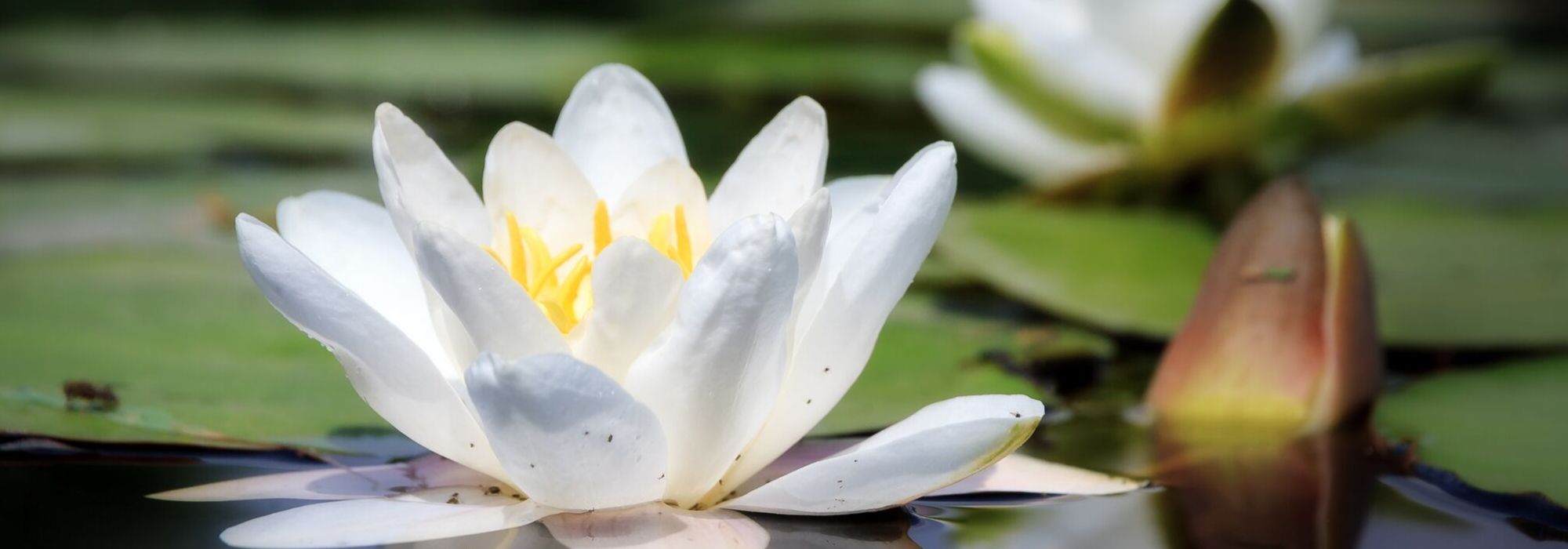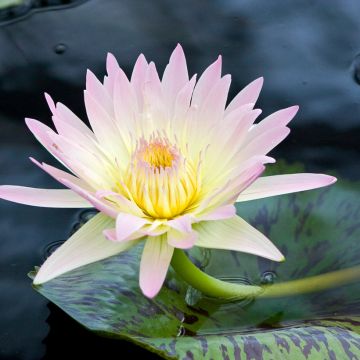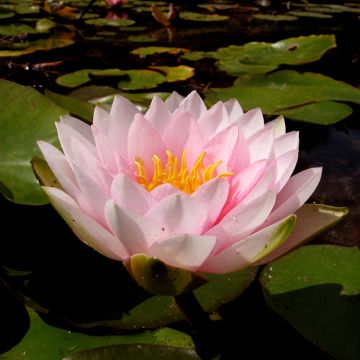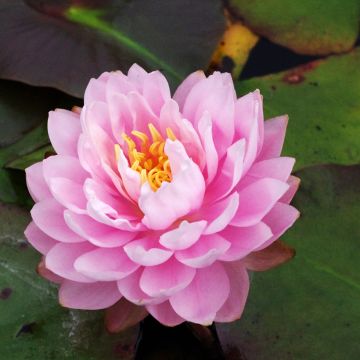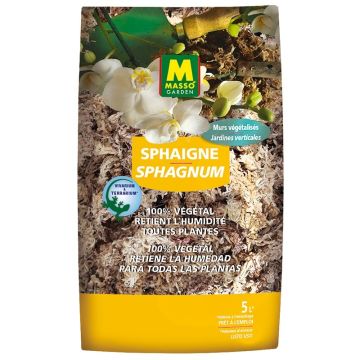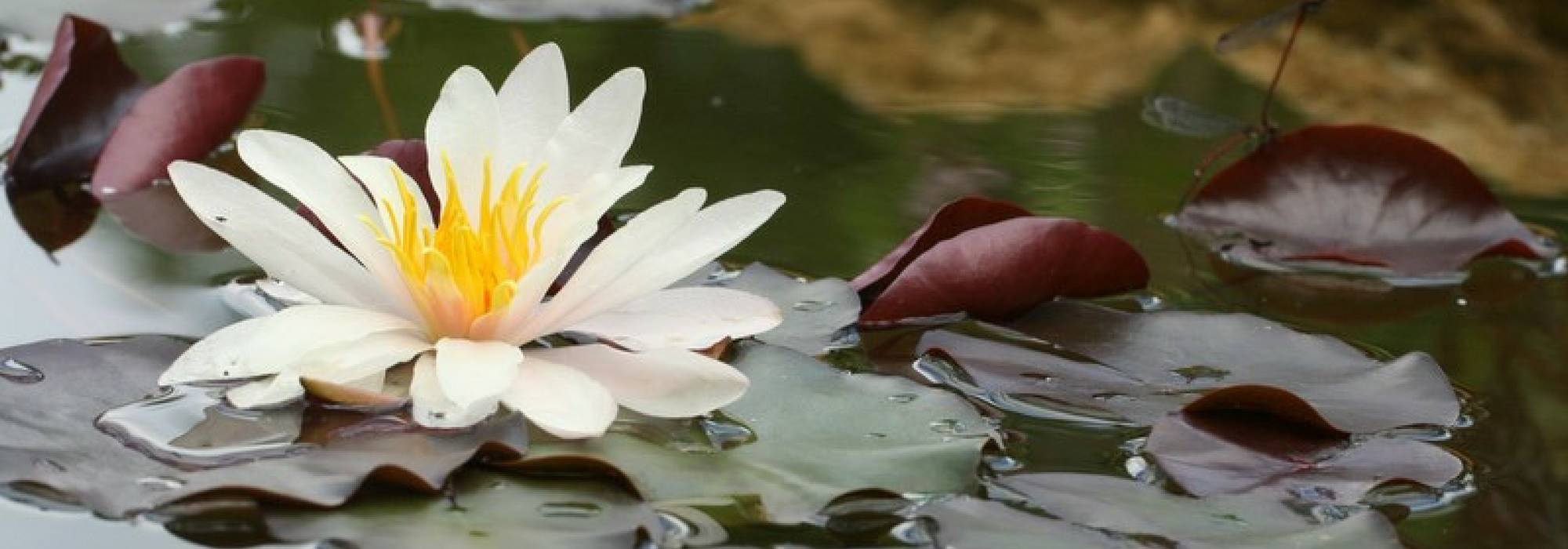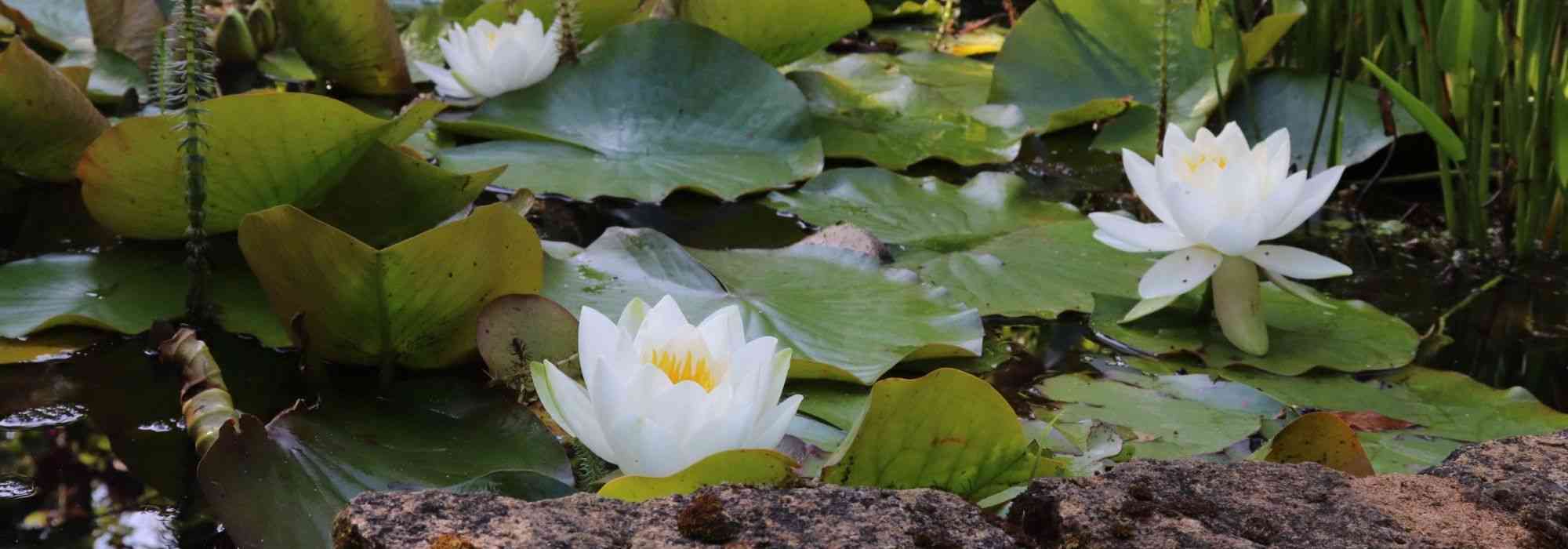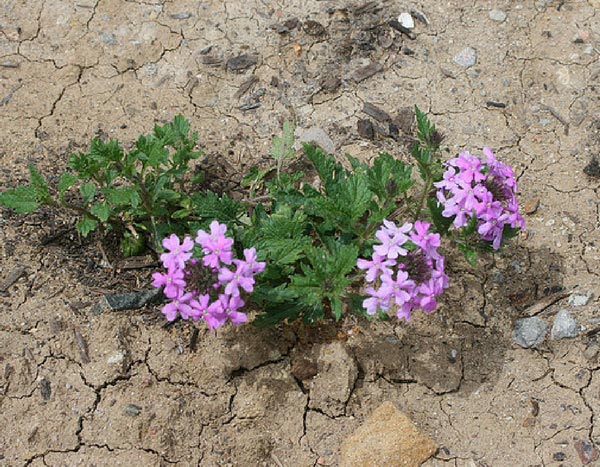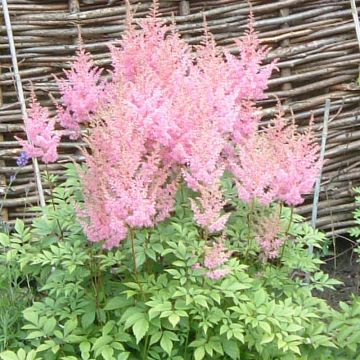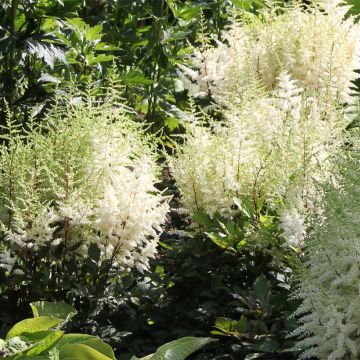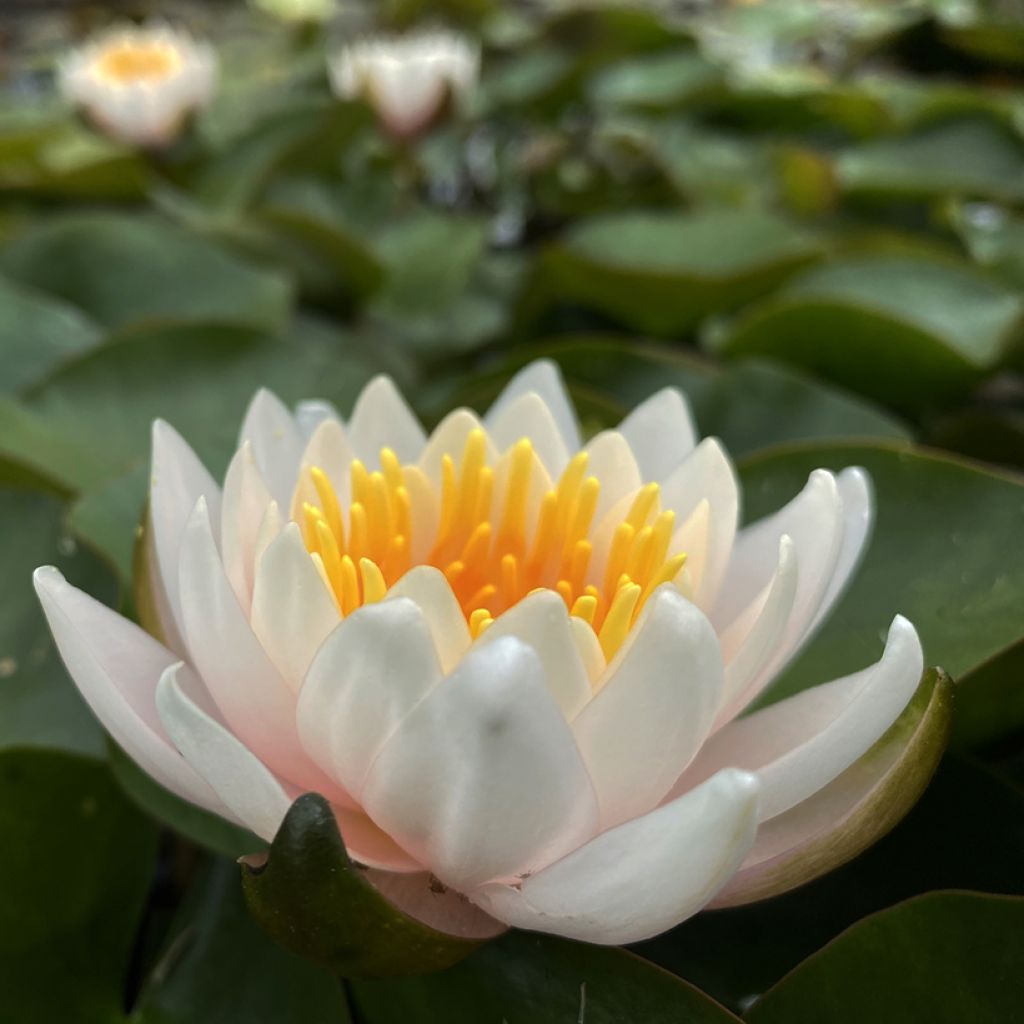

Nymphaea Walter Pagels - Water lily


Nymphaea Walter Pagels - Water lily
Nymphaea Walter Pagels - Water lily
Nymphaea Walter Pagels
Water Lily, Waterlily
Special offer!
Receive a €20 voucher for any order over €90 (excluding delivery costs, credit notes, and plastic-free options)!
1- Add your favorite plants to your cart.
2- Once you have reached €90, confirm your order (you can even choose the delivery date!).
3- As soon as your order is shipped, you will receive an email containing your voucher code, valid for 3 months (90 days).
Your voucher is unique and can only be used once, for any order with a minimum value of €20, excluding delivery costs.
Can be combined with other current offers, non-divisible and non-refundable.
Home or relay delivery (depending on size and destination)
Schedule delivery date,
and select date in basket
This plant carries a 6 months recovery warranty
More information
We guarantee the quality of our plants for a full growing cycle, and will replace at our expense any plant that fails to recover under normal climatic and planting conditions.
Description
The Nymphaea' Walter Pagels' is a water lily with small growth that will find its place in a small pond or a watertight container on the terrace. From spring to autumn, numerous small pinkish-white star-shaped flowers succeed each other. Its green leaves float on the water's surface. It is a floriferous and hardy aquatic plant, and it is to be planted under 20 to 40 cm of water directly in the mud, in a basket, or a container. It appreciates a well-sunny exposure.
The hybrid water lily 'Walter Pagels' is a horticultural creation by Robert Kirk Strawn (U.S.A) in 1993. From the Nymphaeaceae family, it is a perennial aquatic plant with deciduous foliage. Its floating green leaves appear in spring. Measuring 8 to 12 cm in diameter, they are elongated and have a well-opened sinus. The plant spreads over about 75 cm. From May-June until September, or even October, the flowers constantly renew themselves. They stand 15 cm above the surface. These corollas measure 6 cm in diameter and are white-tinged with apricot pink at the base. You will discover very bright golden yellow stamens in the flower's heart. The flowers open during the day and close at night. Each one lives for 4 to 5 days before withering and being replaced by a new one.
This floriferous small water lily, 'Walter Pagels,' is ideal for a small pond. It is hardy as long as the water does not freeze in winter at the depth at which its rhizome is planted. It blooms for long weeks, from late spring to early autumn. As an oxygenating plant, it is essential to balance your water features properly. Its large leaves on the water's surface provide shade and shelter for fish and a platform for dragonflies and amphibians. On the banks of your water feature, play with complementary colours by planting Japanese Irises such as iris ensata 'Worley Pink' with double pink flowers or 'World's Delight' with soft pink flowers. Add a Zebra Rush (Schoenolplectus tarbernaemontana 'Zebrinus') that brings verticality to the ensemble. Or go for an exotic style with Thalia dealbata with large green leaves.
Flowering
Foliage
Plant habit
Botanical data
Nymphaea
Walter Pagels
Nymphaeaceae
Water Lily, Waterlily
Cultivar or hybrid
Other Aquatic perennials
View all →Planting and care
The rootstock of the Nymphaea 'Walter Pagels' cep should be planted a few centimetres deep, at a depth of 20 to 40 cm of water. The vine plants are hardy when the water does not freeze at their planted depth. In shallow basins, planting in a container is possible. In this case, the rootstocks in damp sand are protected from frost in winter. Plant them in good garden soil, preferably rich, by inserting them vertically until the collar. Avoid using horticultural compost, which is too rich. Planting the rootstocks in a basket about 40 cm wide is also possible. Sink the basket in the desired location and weigh it down if necessary. Plant your rootstocks promptly upon receipt. Choose the sunniest area and allow at least 1 m between each rootstock.
In the case of a natural body of water (pond or lake), ensure that the water level remains relatively stable and that the water is neither too acidic nor too alkaline (pH between 6.5 and 7.5).
If there are fish in your pond, spreading a thick layer of coarse gravel at the base is preferable to deter them from digging up the rootstock.
Water lilies are hungry plants. Every year, at the beginning of the growing season, apply a slow-release fertiliser that will nourish your water lily throughout its growing period (for example, Osmocote 10-11-18-2 with a duration of 5-6 months).
During the summer, remove any leaves that may grow excessively in the centre of the clump, keeping only the most beautiful ones. Remove those that are yellowed or stained.
Planting period
Intended location
Care
Planting & care advice
This item has not been reviewed yet - be the first to leave a review about it.
Similar products
Haven't found what you were looking for?
Hardiness is the lowest winter temperature a plant can endure without suffering serious damage or even dying. However, hardiness is affected by location (a sheltered area, such as a patio), protection (winter cover) and soil type (hardiness is improved by well-drained soil).

Photo Sharing Terms & Conditions
In order to encourage gardeners to interact and share their experiences, Promesse de fleurs offers various media enabling content to be uploaded onto its Site - in particular via the ‘Photo sharing’ module.
The User agrees to refrain from:
- Posting any content that is illegal, prejudicial, insulting, racist, inciteful to hatred, revisionist, contrary to public decency, that infringes on privacy or on the privacy rights of third parties, in particular the publicity rights of persons and goods, intellectual property rights, or the right to privacy.
- Submitting content on behalf of a third party;
- Impersonate the identity of a third party and/or publish any personal information about a third party;
In general, the User undertakes to refrain from any unethical behaviour.
All Content (in particular text, comments, files, images, photos, videos, creative works, etc.), which may be subject to property or intellectual property rights, image or other private rights, shall remain the property of the User, subject to the limited rights granted by the terms of the licence granted by Promesse de fleurs as stated below. Users are at liberty to publish or not to publish such Content on the Site, notably via the ‘Photo Sharing’ facility, and accept that this Content shall be made public and freely accessible, notably on the Internet.
Users further acknowledge, undertake to have ,and guarantee that they hold all necessary rights and permissions to publish such material on the Site, in particular with regard to the legislation in force pertaining to any privacy, property, intellectual property, image, or contractual rights, or rights of any other nature. By publishing such Content on the Site, Users acknowledge accepting full liability as publishers of the Content within the meaning of the law, and grant Promesse de fleurs, free of charge, an inclusive, worldwide licence for the said Content for the entire duration of its publication, including all reproduction, representation, up/downloading, displaying, performing, transmission, and storage rights.
Users also grant permission for their name to be linked to the Content and accept that this link may not always be made available.
By engaging in posting material, Users consent to their Content becoming automatically accessible on the Internet, in particular on other sites and/or blogs and/or web pages of the Promesse de fleurs site, including in particular social pages and the Promesse de fleurs catalogue.
Users may secure the removal of entrusted content free of charge by issuing a simple request via our contact form.
The flowering period indicated on our website applies to countries and regions located in USDA zone 8 (France, the United Kingdom, Ireland, the Netherlands, etc.)
It will vary according to where you live:
- In zones 9 to 10 (Italy, Spain, Greece, etc.), flowering will occur about 2 to 4 weeks earlier.
- In zones 6 to 7 (Germany, Poland, Slovenia, and lower mountainous regions), flowering will be delayed by 2 to 3 weeks.
- In zone 5 (Central Europe, Scandinavia), blooming will be delayed by 3 to 5 weeks.
In temperate climates, pruning of spring-flowering shrubs (forsythia, spireas, etc.) should be done just after flowering.
Pruning of summer-flowering shrubs (Indian Lilac, Perovskia, etc.) can be done in winter or spring.
In cold regions as well as with frost-sensitive plants, avoid pruning too early when severe frosts may still occur.
The planting period indicated on our website applies to countries and regions located in USDA zone 8 (France, United Kingdom, Ireland, Netherlands).
It will vary according to where you live:
- In Mediterranean zones (Marseille, Madrid, Milan, etc.), autumn and winter are the best planting periods.
- In continental zones (Strasbourg, Munich, Vienna, etc.), delay planting by 2 to 3 weeks in spring and bring it forward by 2 to 4 weeks in autumn.
- In mountainous regions (the Alps, Pyrenees, Carpathians, etc.), it is best to plant in late spring (May-June) or late summer (August-September).
The harvesting period indicated on our website applies to countries and regions in USDA zone 8 (France, England, Ireland, the Netherlands).
In colder areas (Scandinavia, Poland, Austria...) fruit and vegetable harvests are likely to be delayed by 3-4 weeks.
In warmer areas (Italy, Spain, Greece, etc.), harvesting will probably take place earlier, depending on weather conditions.
The sowing periods indicated on our website apply to countries and regions within USDA Zone 8 (France, UK, Ireland, Netherlands).
In colder areas (Scandinavia, Poland, Austria...), delay any outdoor sowing by 3-4 weeks, or sow under glass.
In warmer climes (Italy, Spain, Greece, etc.), bring outdoor sowing forward by a few weeks.






























